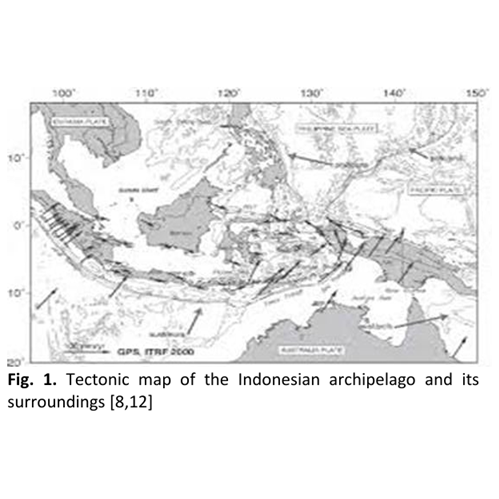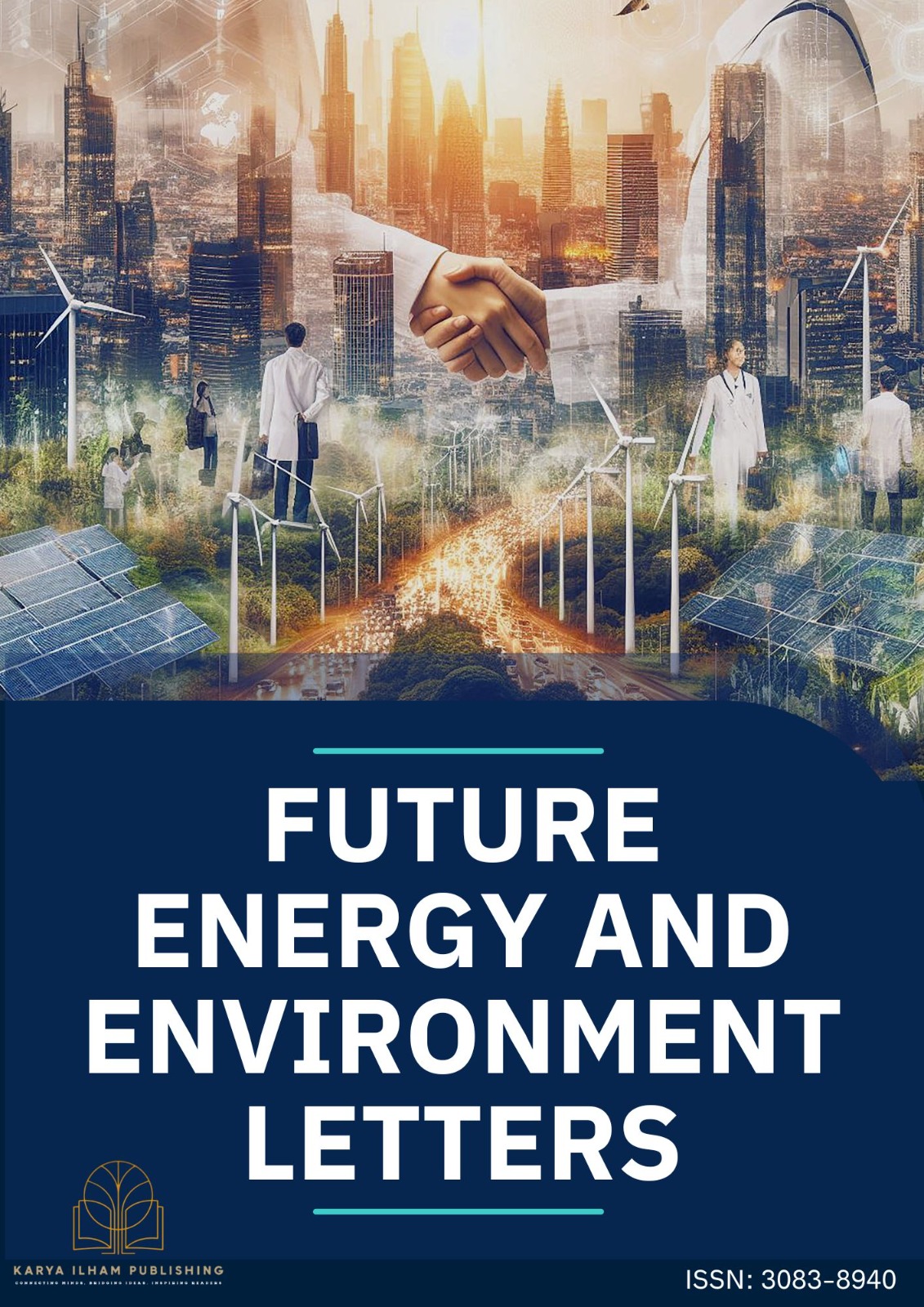Improving the Handling of Humanitarian Disaster in the Indonesian Ring of Fire by Utilizing the Detection of Output from Banten Underwater Mountain
DOI:
https://doi.org/10.37934/feel.3.1.3135Keywords:
Concept, context, collaboration, utilizing, lava, outputAbstract
The activities of this International Collaboration product program are in the form of utilizing the Internet of Things as the development of information technology with the concept of Improving Humanitarian Disaster Management in the Indonesian Ring of Fire Area by Utilizing Lava Output Detection from the Banten Undersea Mountains into the latest information technology. This application uses a series of information technologies as a platform, including the Internet of Things, Big Data, Cloud computing and artificial intelligence to process and transform the natural disaster early warning system so that the application is efficient and convenient for users. The aim is to introduce and familiarize the application of information technology using several devices such as smartphones and personal computers to village communities around the ring of fire area, it is hoped that this can improve the conditions and capabilities of natural disaster data processing into appropriate information to prevent human casualties. The research instrument uses data and samples used are the use of application prototypes. The Research Team has conducted initial observations and interviews regarding the need for information technology infrastructure that will be implemented in the southern part of Banten Province in order to improve humanitarian disaster management in the Indonesian ring of fire area. The final result of the first year's activities will be a training on the information system technology system in the humanitarian disaster handling system so that the government and independent learning students can access the humanitarian disaster handling system that is implemented into the curriculum and quality standards that are registered in their rights so that consumer users are able to adapt the model of scientific and technological progress into the work and efforts they do regarding disaster response applications presented in international media and published in SINTA 1 and Scopus indexed journals as a result of international collaboration in the first year. Then this activity will be published in Sinta and Scopus indexed journals in the second year.











